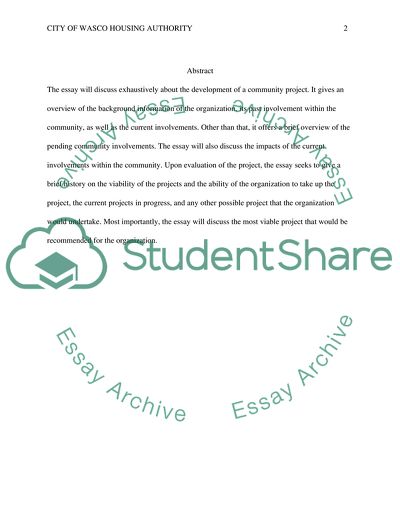Cite this document
(“Elements that Impact City of Wasco Housing Authority Research Paper”, n.d.)
Elements that Impact City of Wasco Housing Authority Research Paper. Retrieved from https://studentshare.org/sociology/1772081-community-project
Elements that Impact City of Wasco Housing Authority Research Paper. Retrieved from https://studentshare.org/sociology/1772081-community-project
(Elements That Impact City of Wasco Housing Authority Research Paper)
Elements That Impact City of Wasco Housing Authority Research Paper. https://studentshare.org/sociology/1772081-community-project.
Elements That Impact City of Wasco Housing Authority Research Paper. https://studentshare.org/sociology/1772081-community-project.
“Elements That Impact City of Wasco Housing Authority Research Paper”, n.d. https://studentshare.org/sociology/1772081-community-project.


